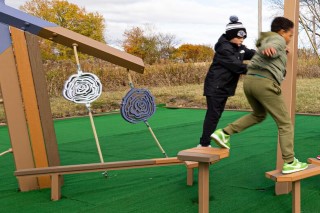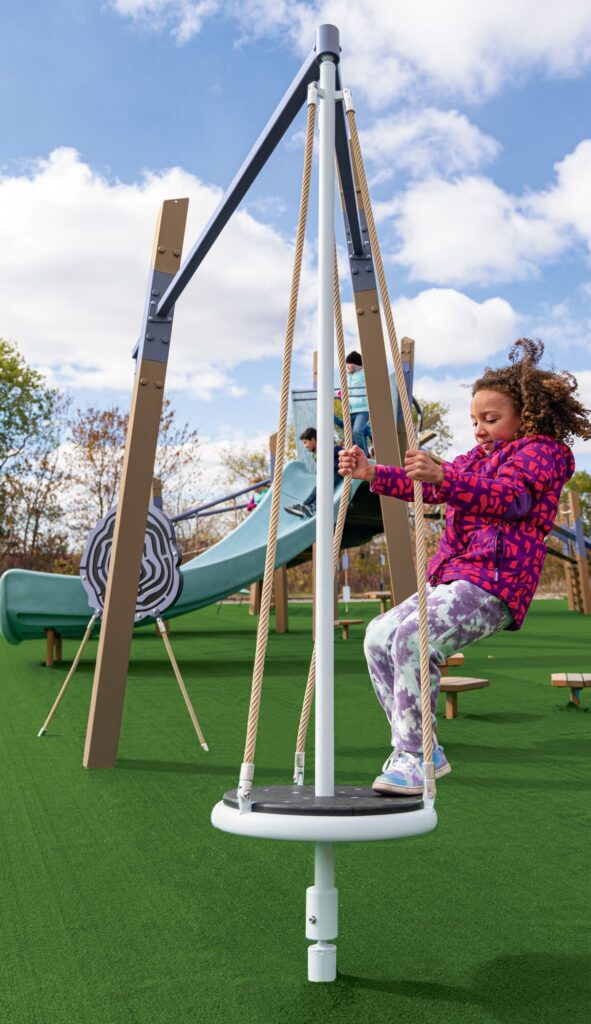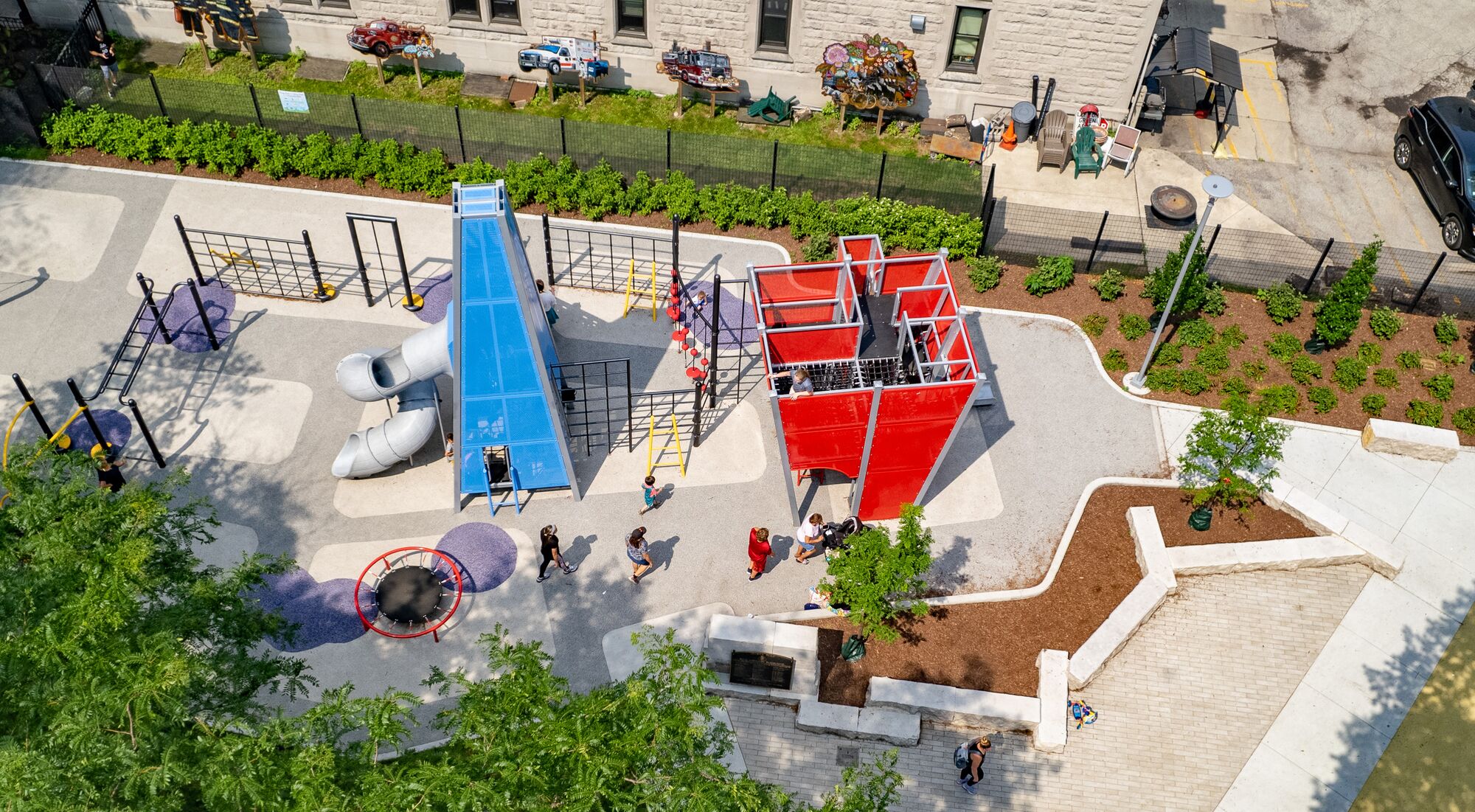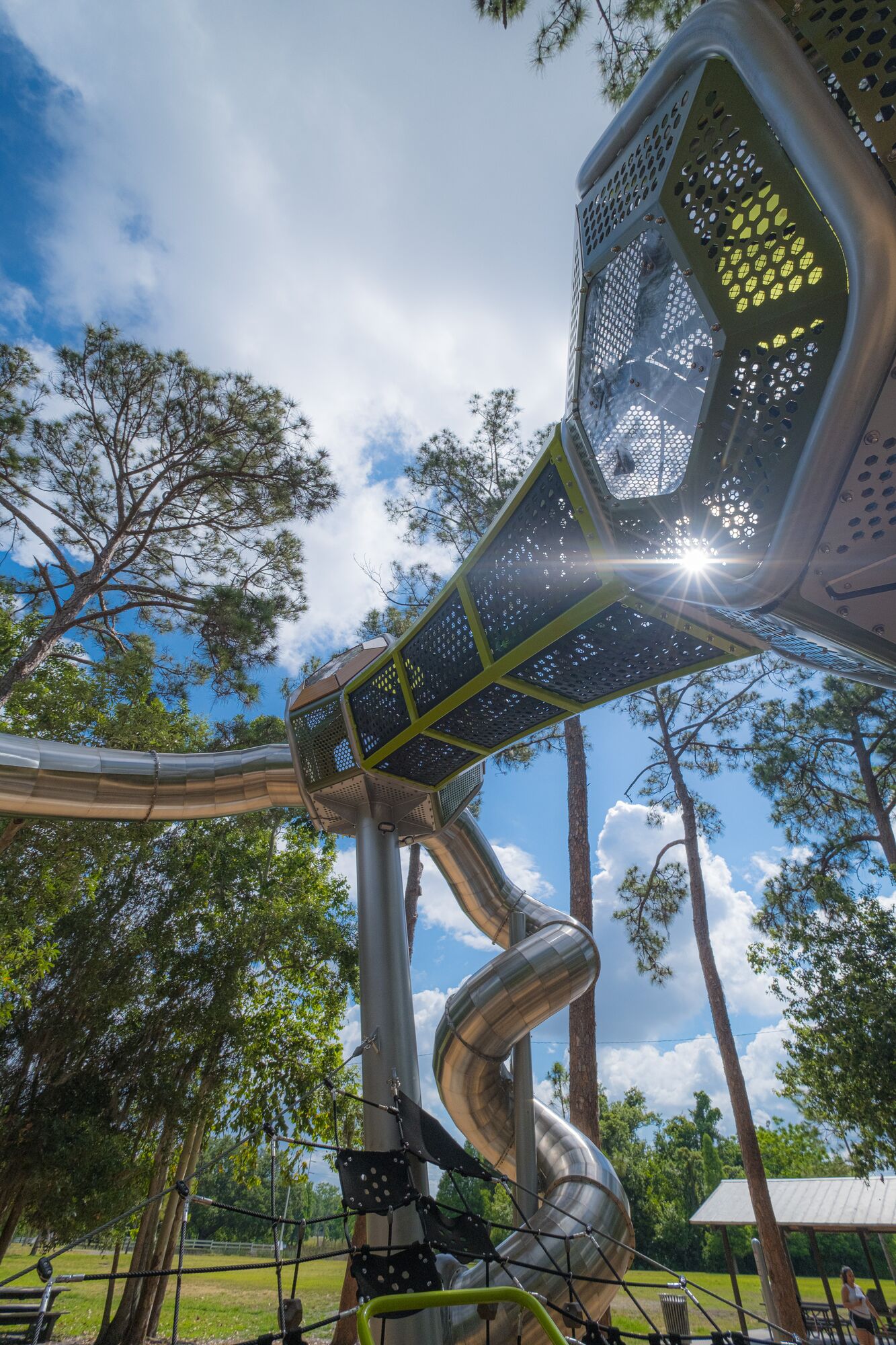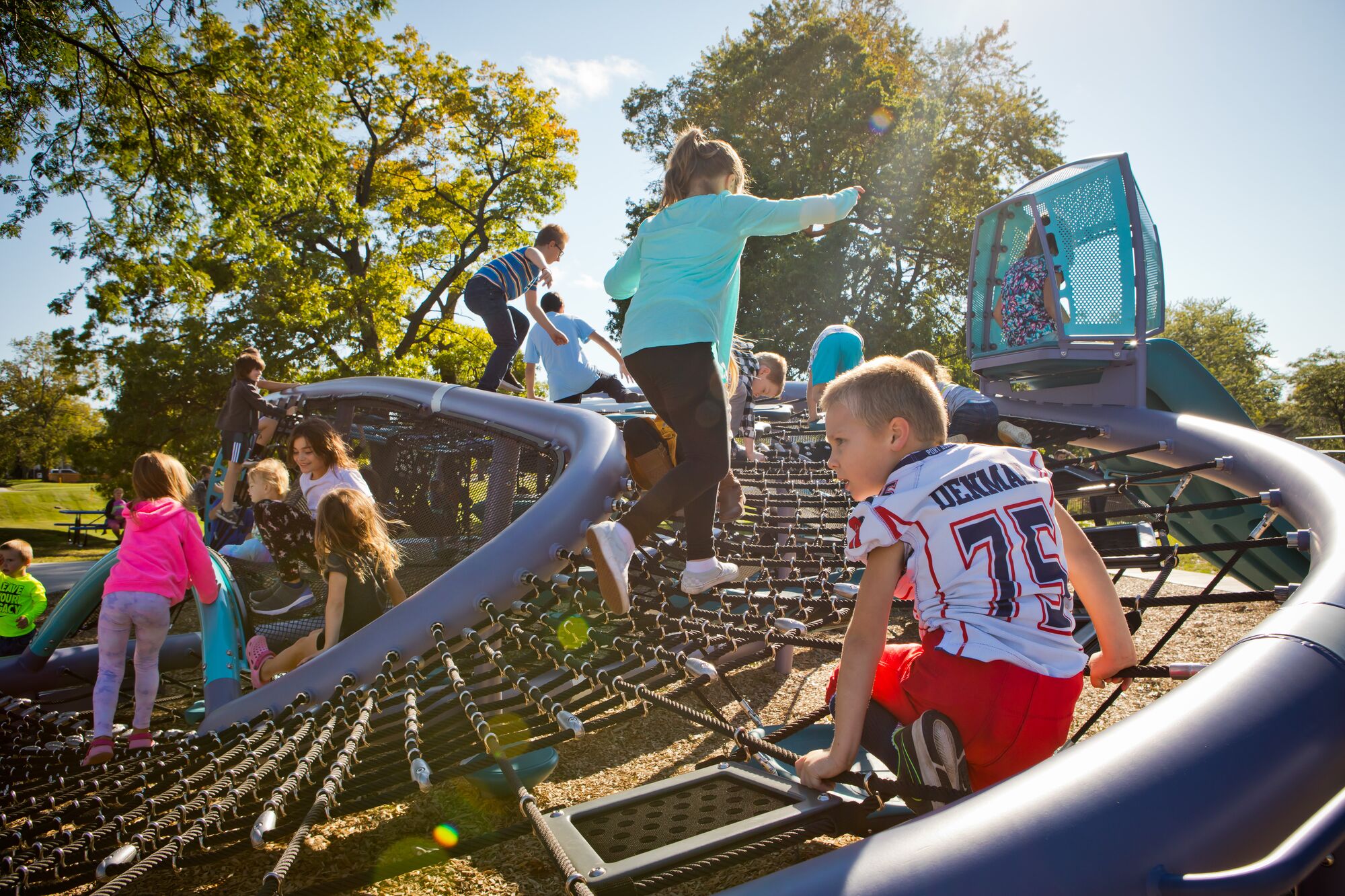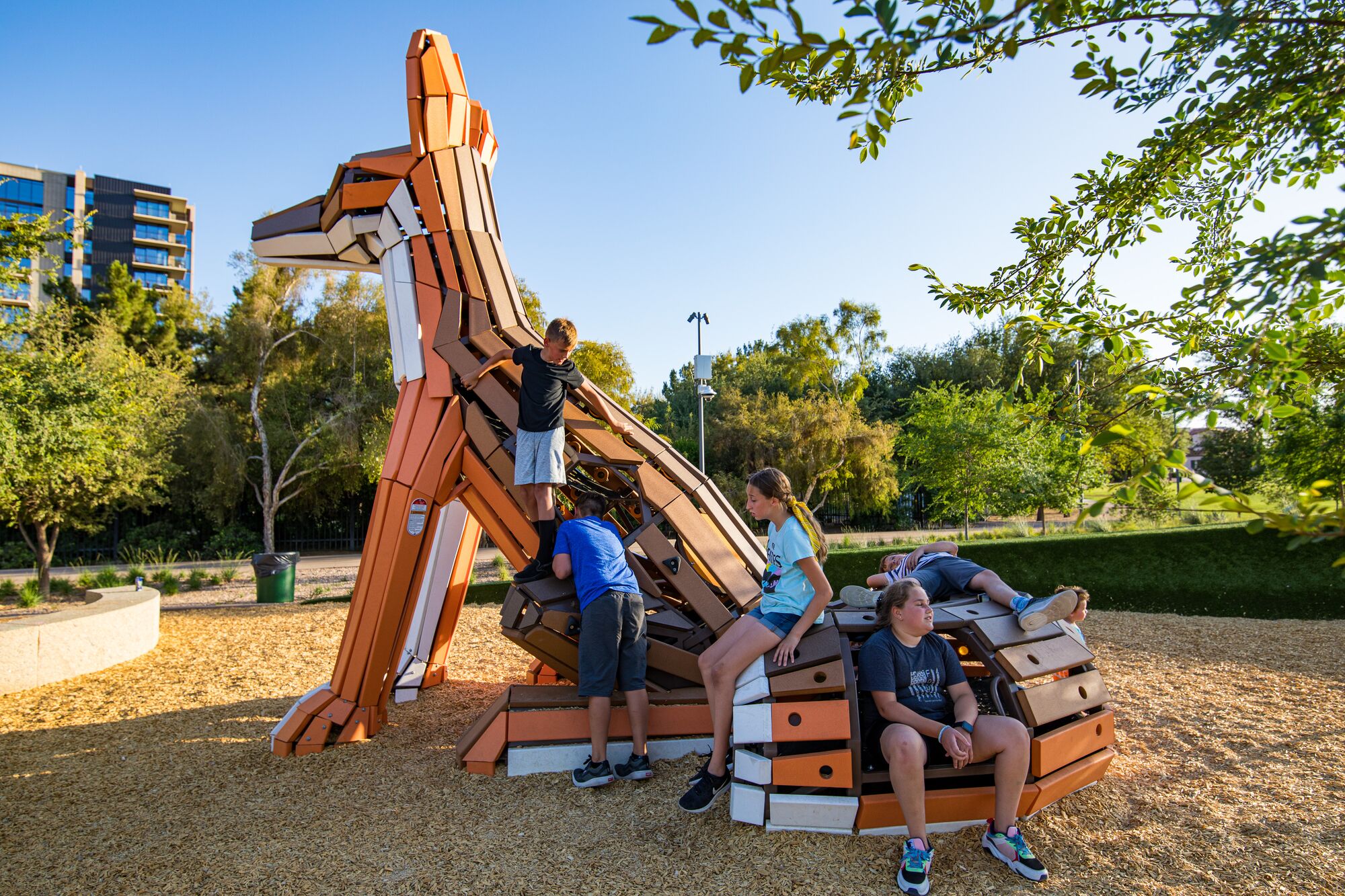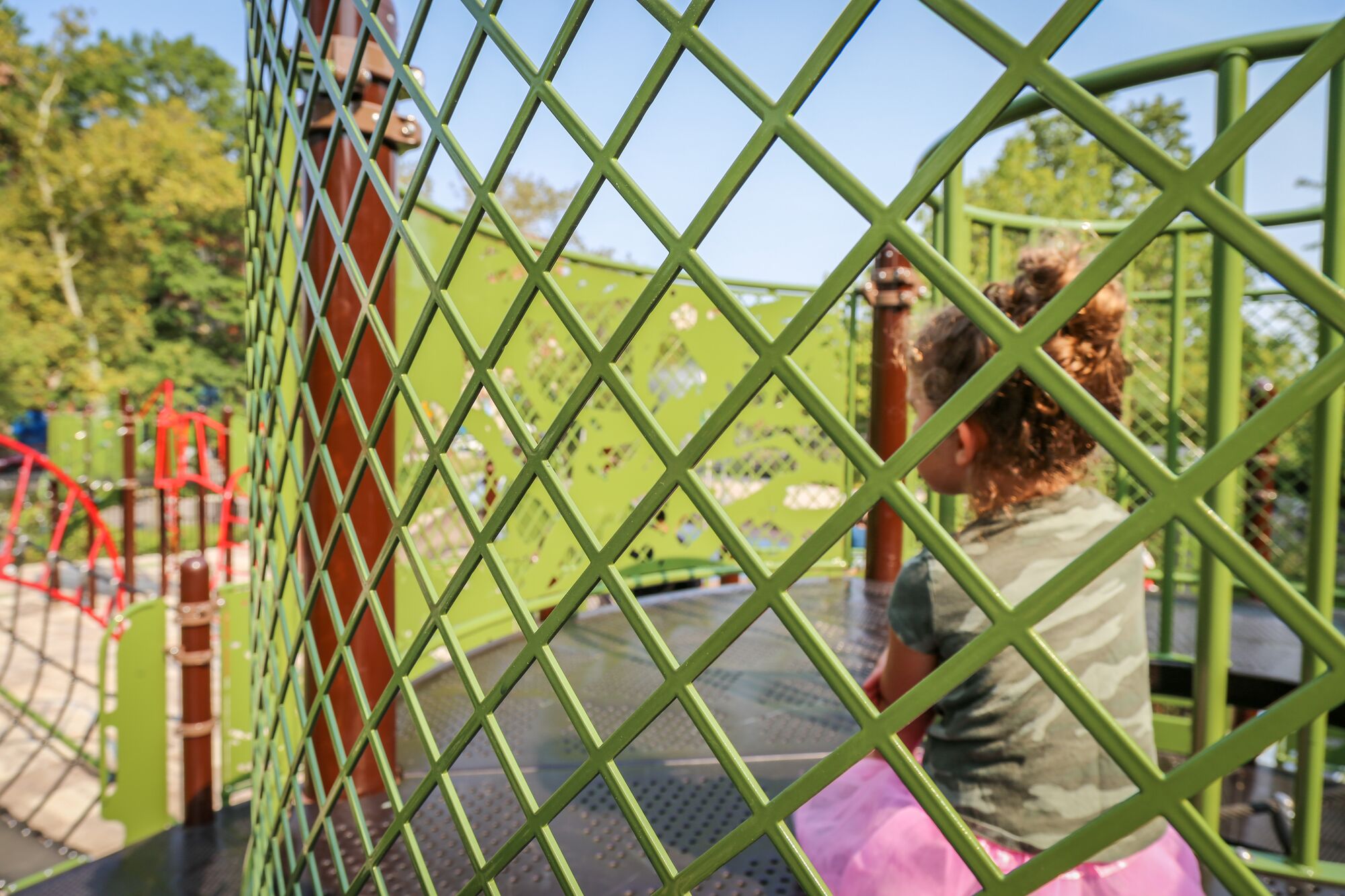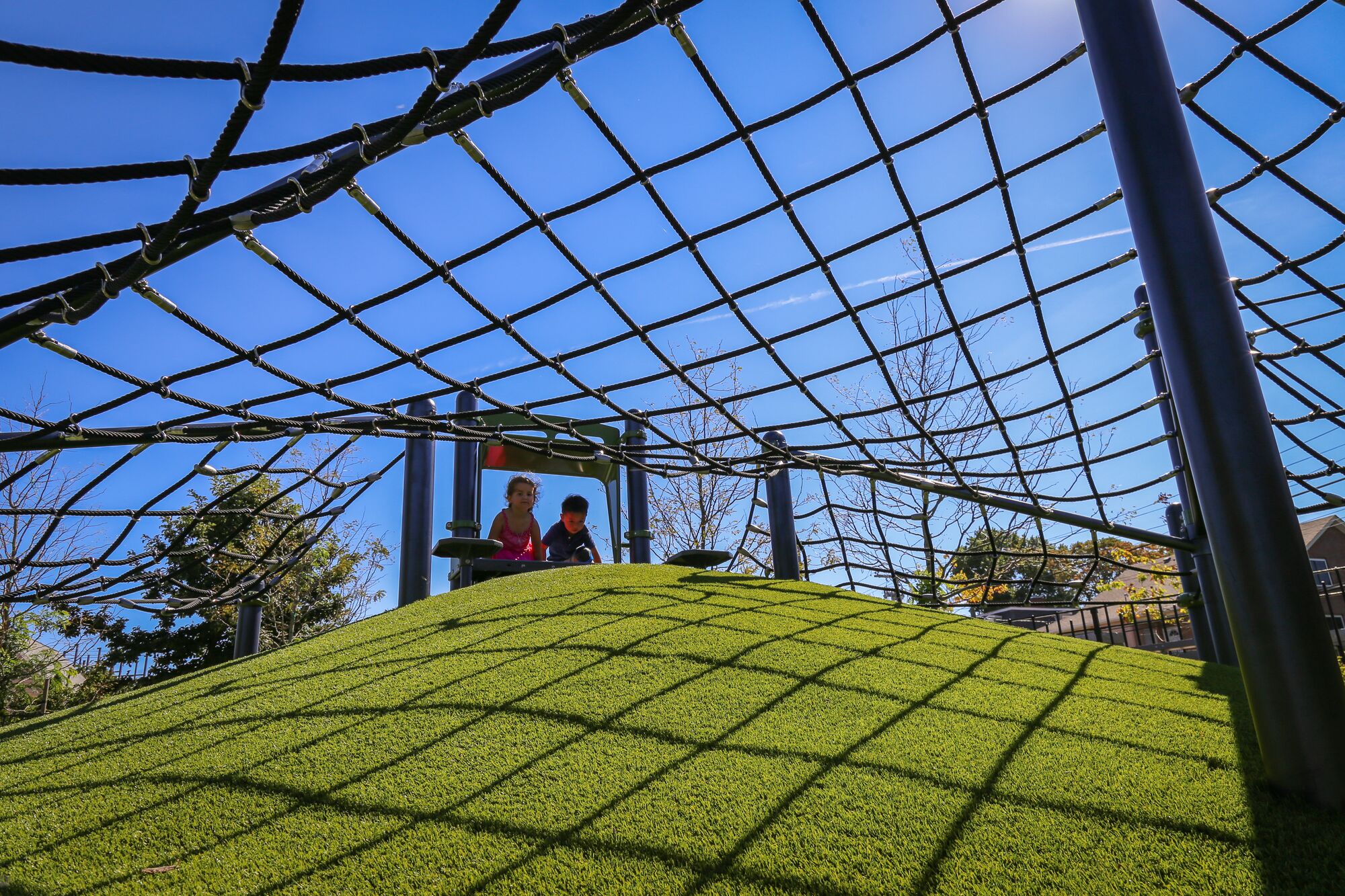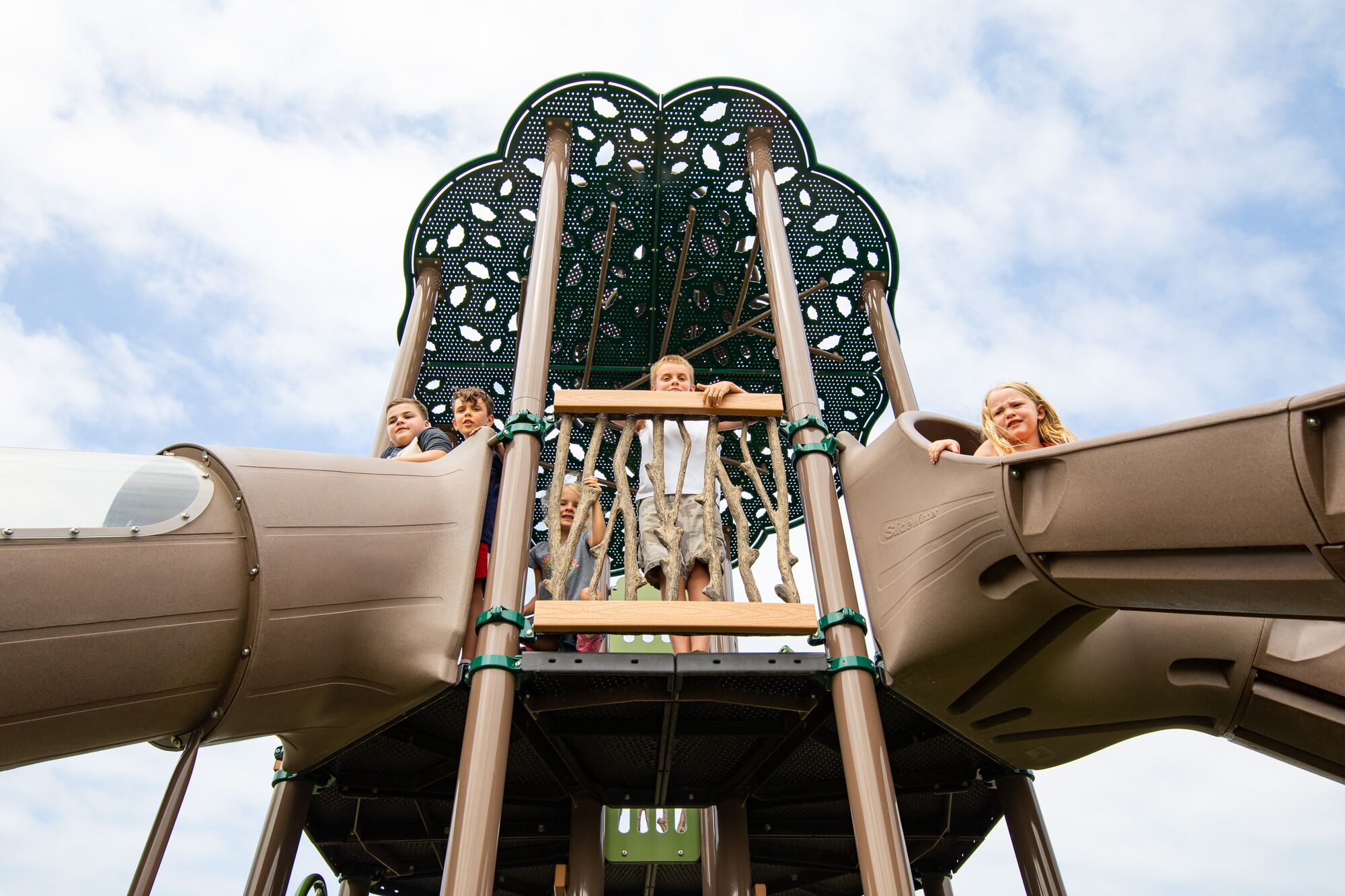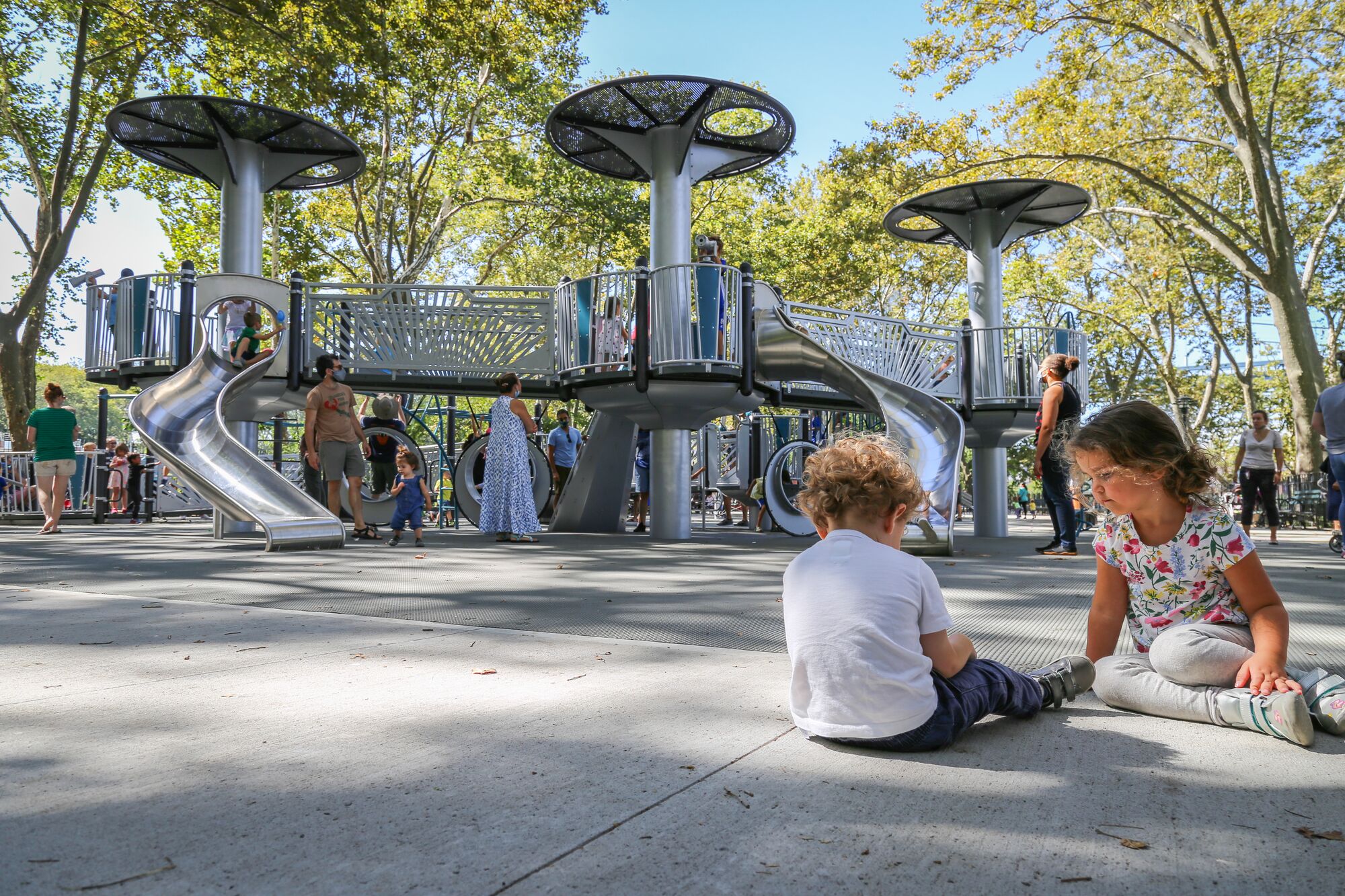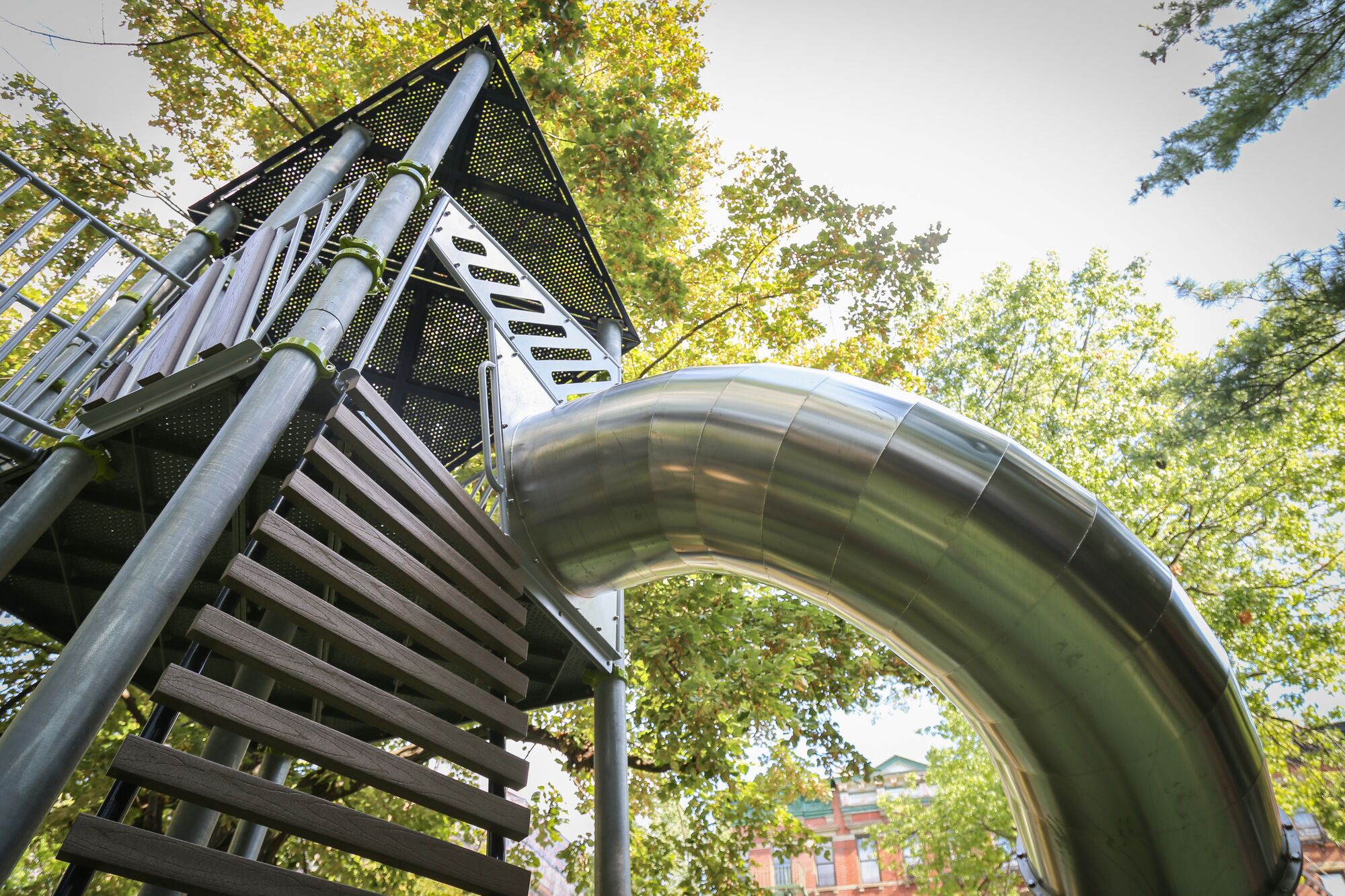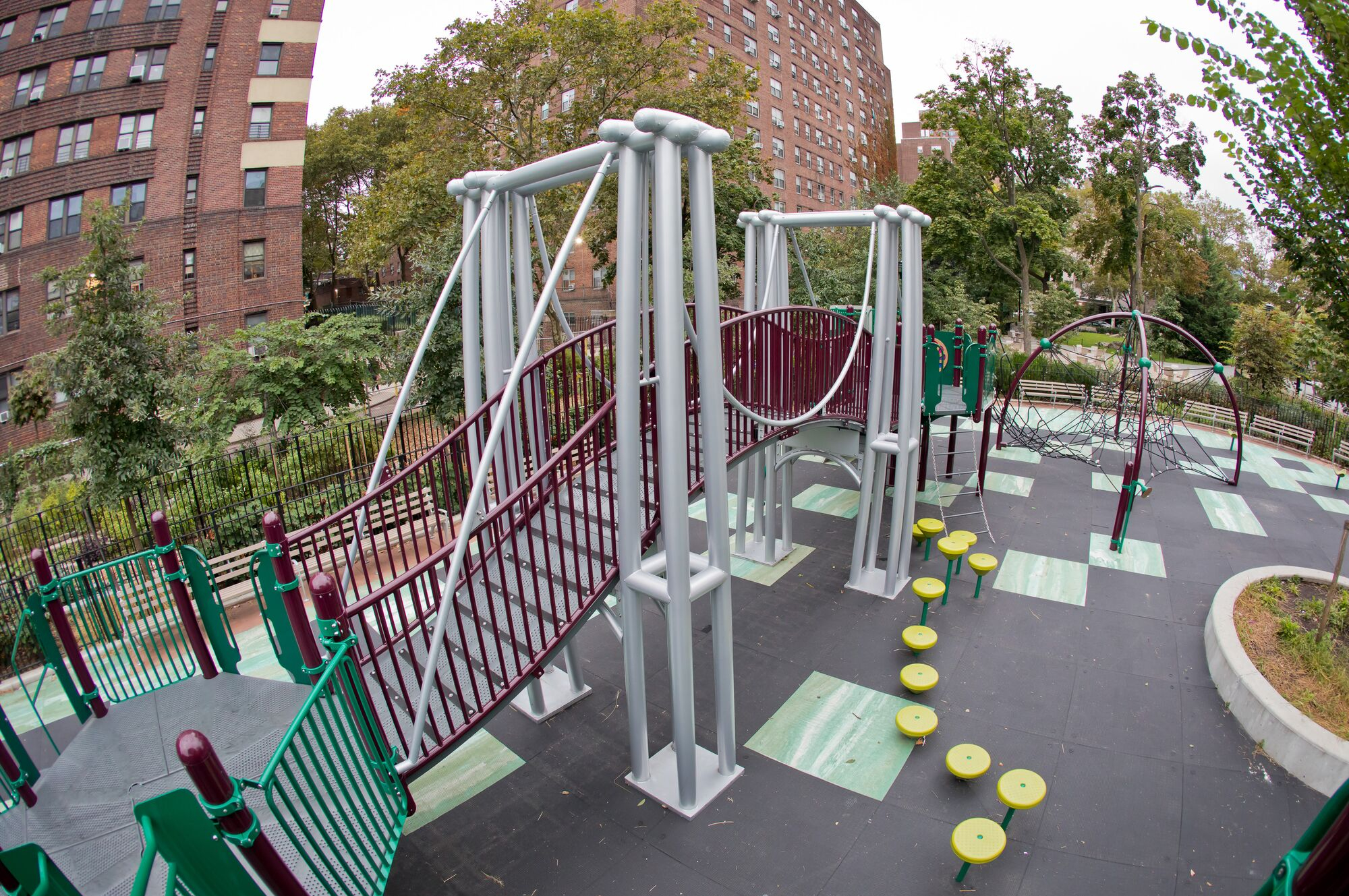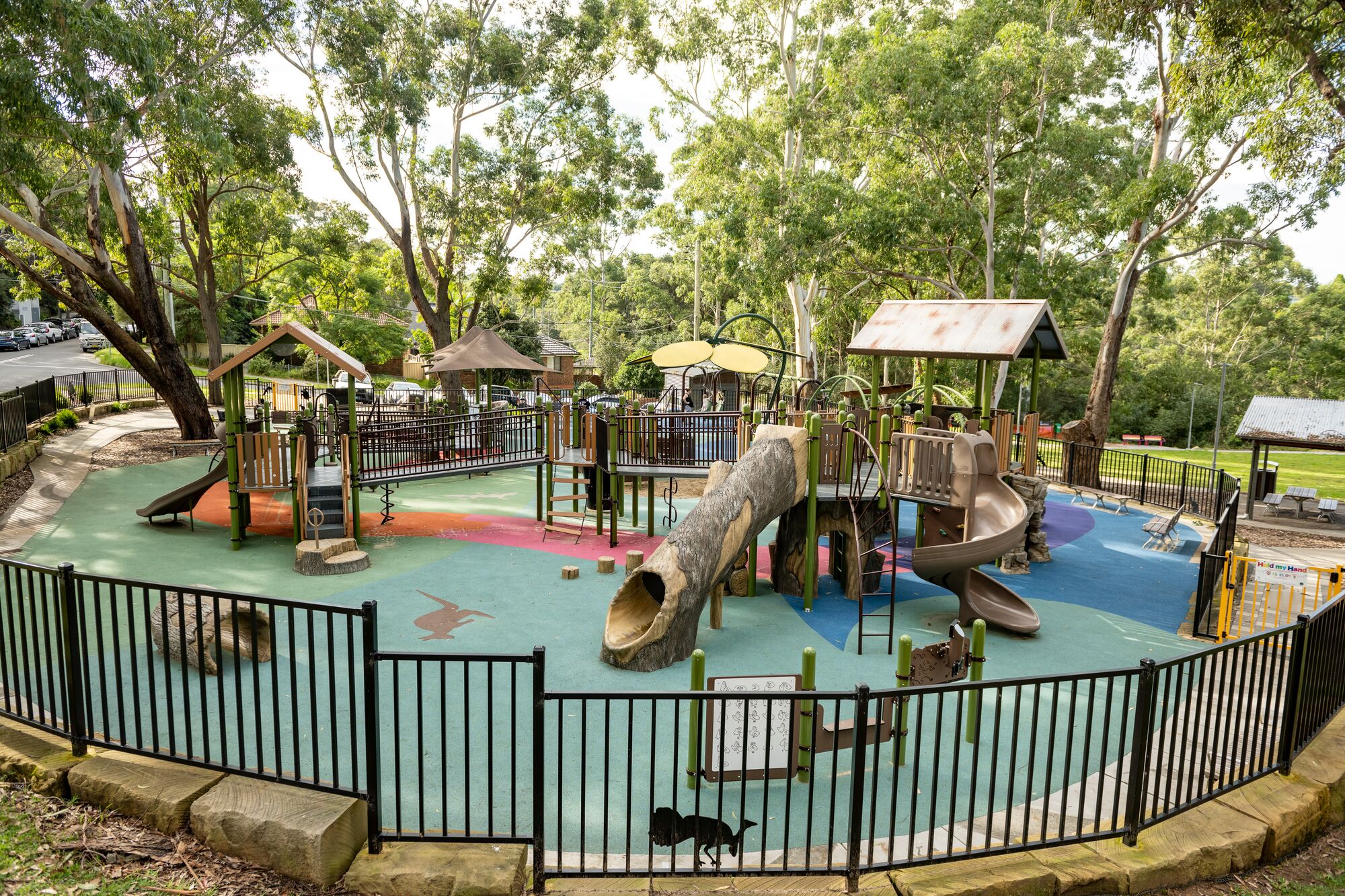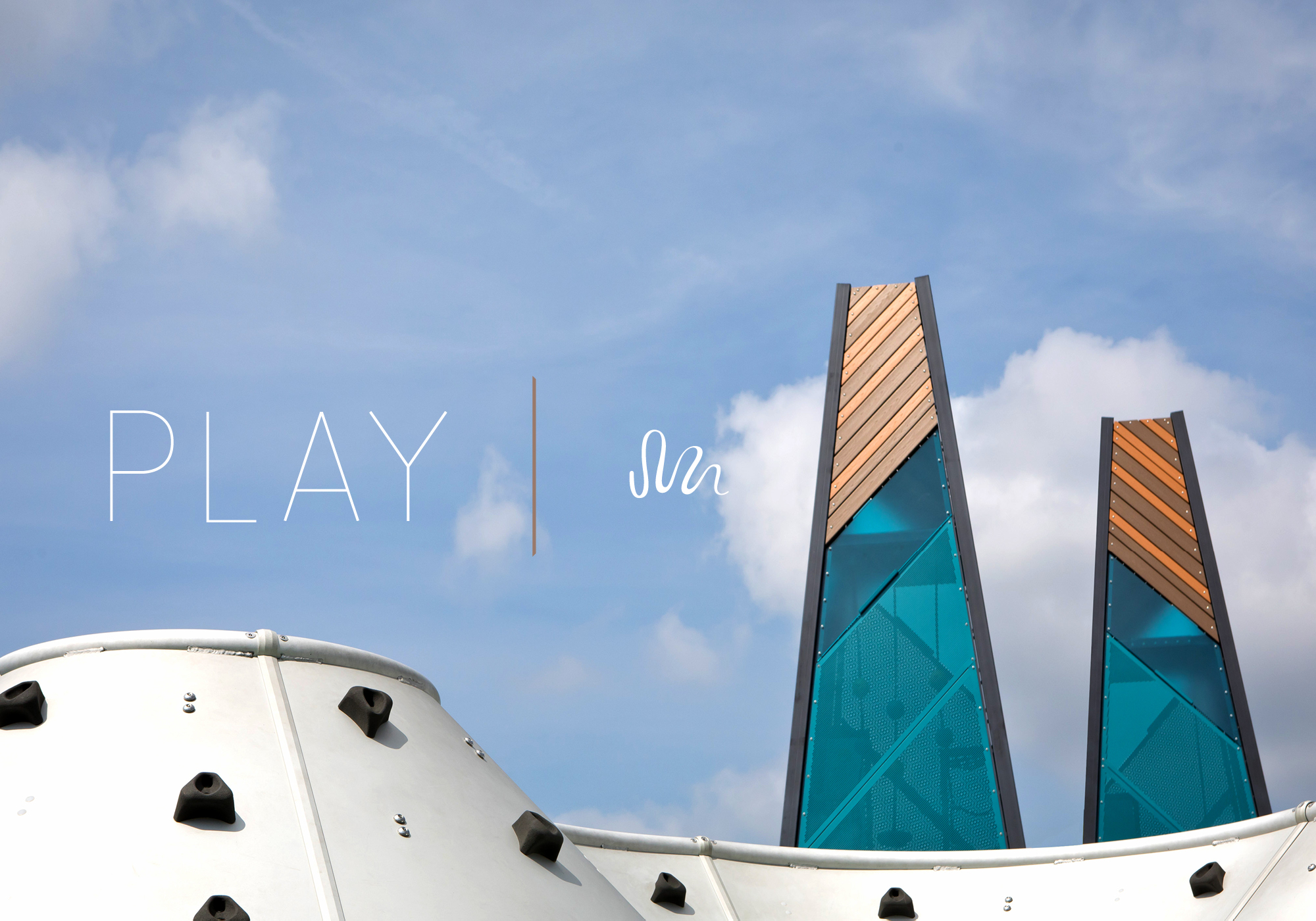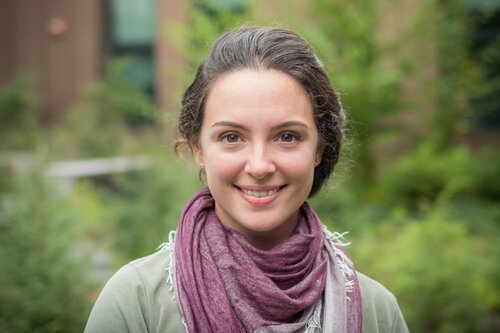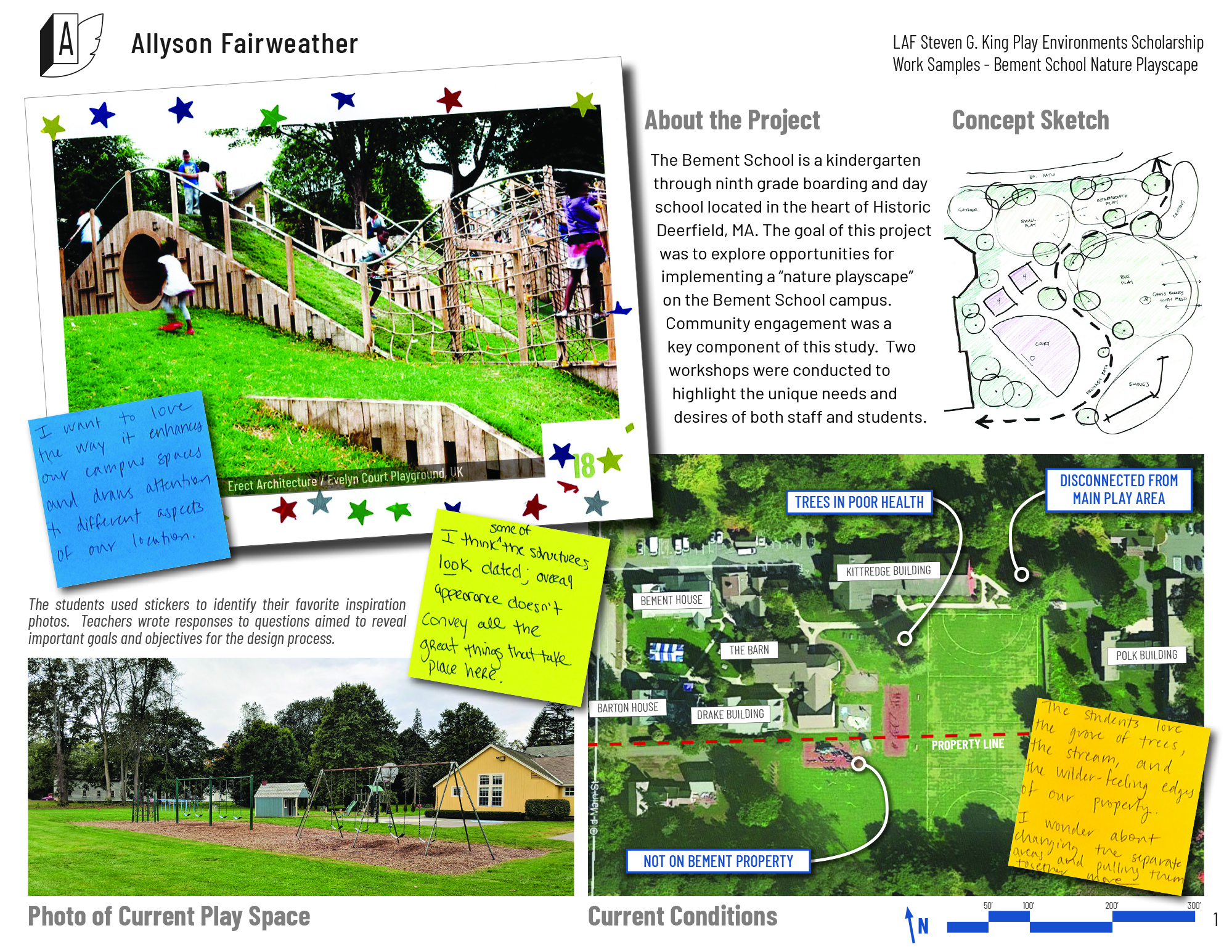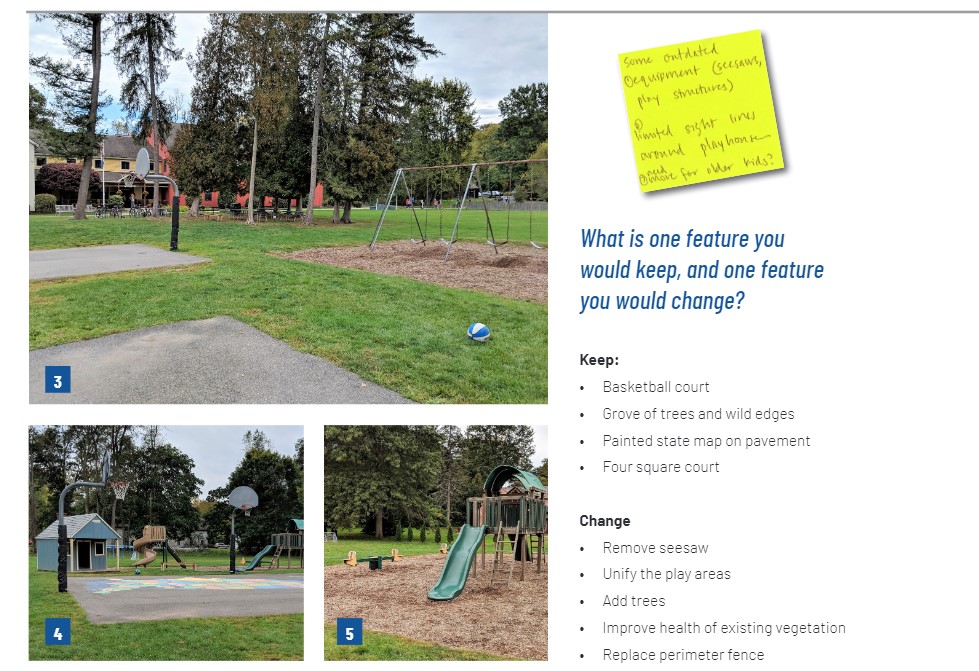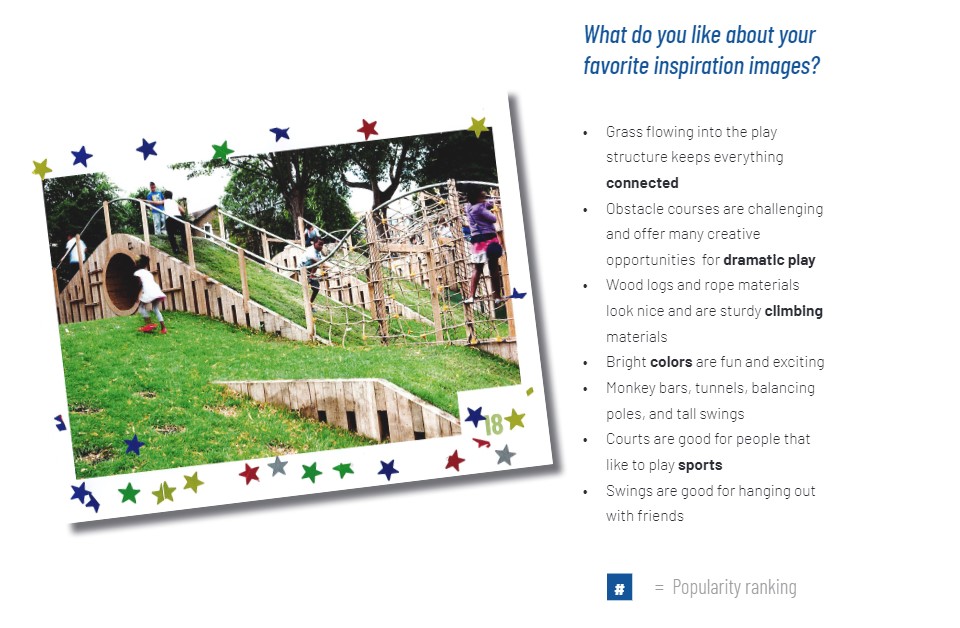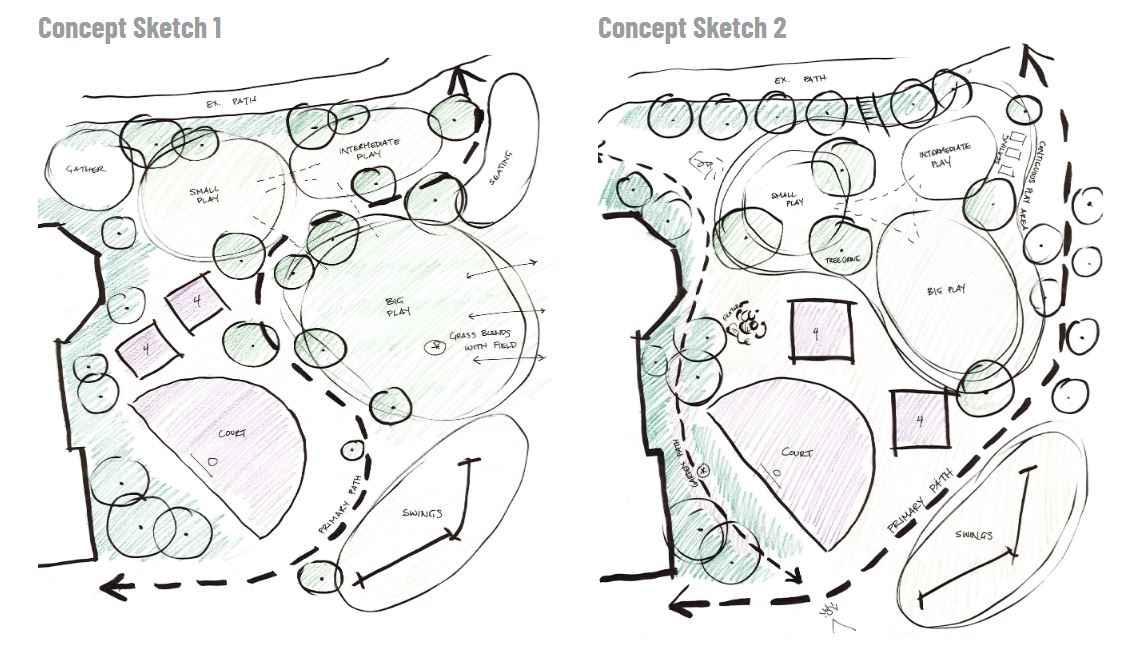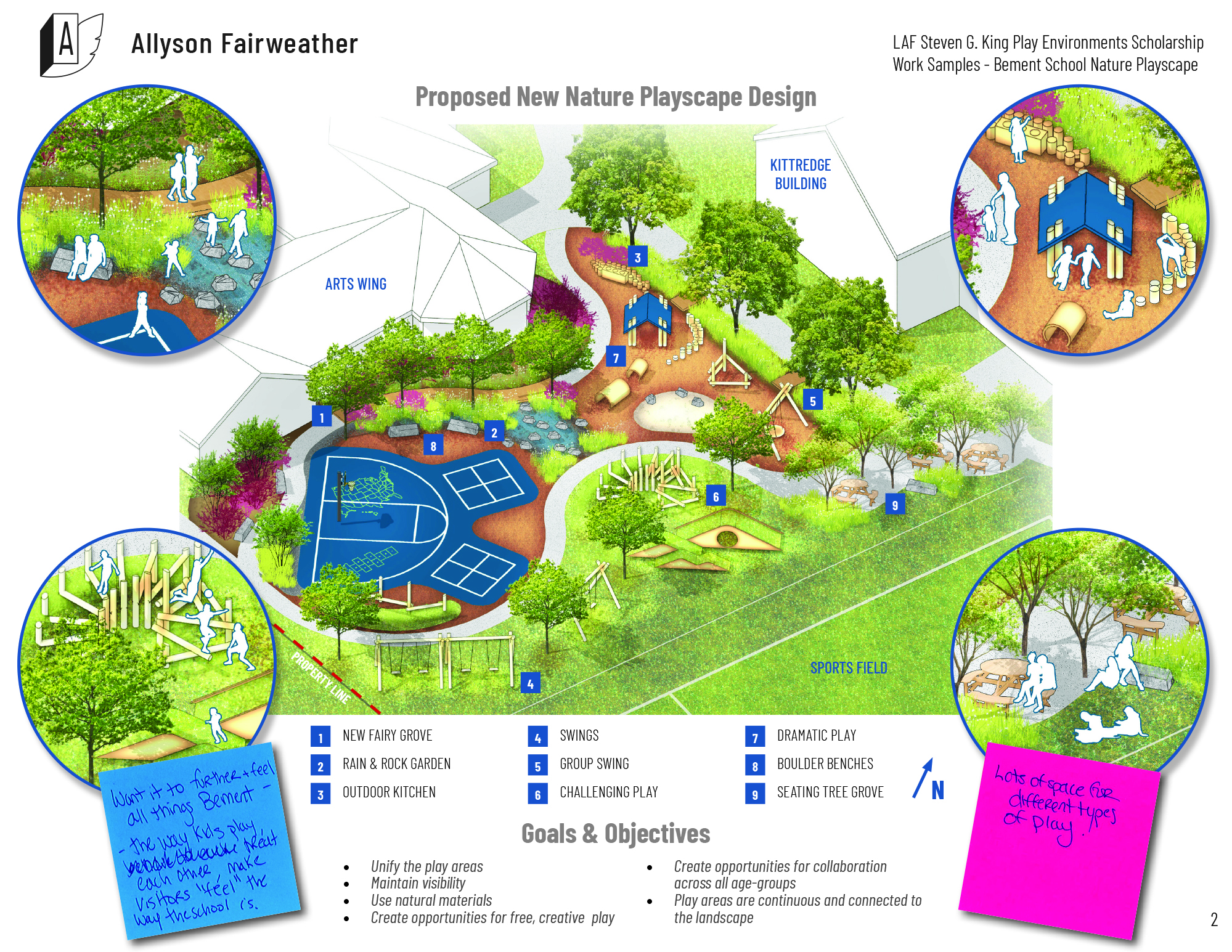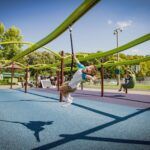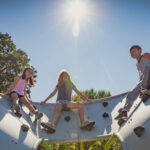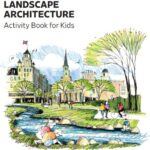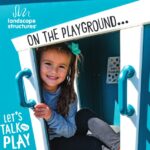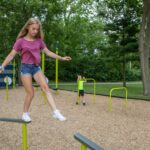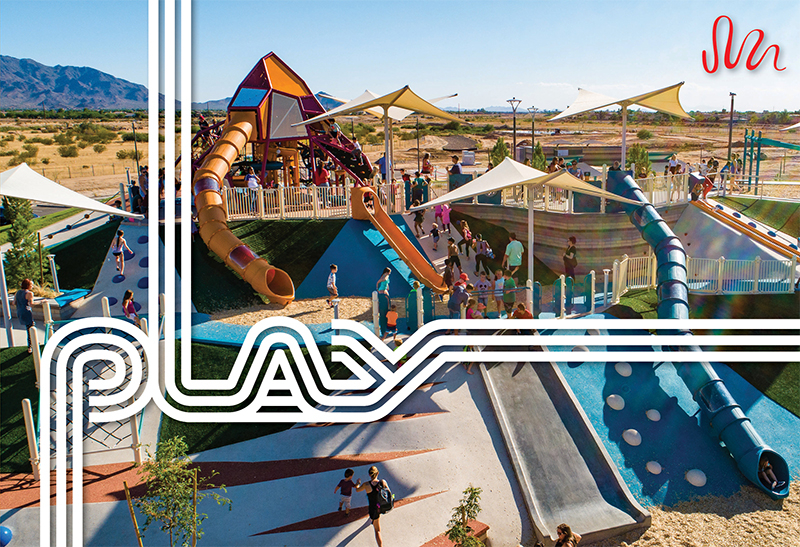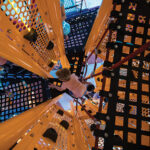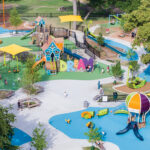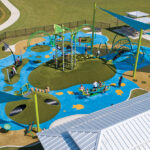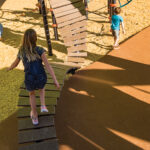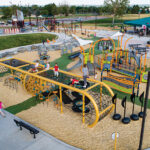If you’re on the hunt for a thrilling and interactive water play experience, you’ve landed in the right place. Aquatix®, our splash play division, crafts innovative and customized commercial splash pads designed to surpass your expectations. Keep reading to learn more about the advantages of Aquatix splash pads, customization options and their top-of-the-line safety features. Whether you’re designing for a community pool, aquatic center or private water park, commercial splash pads from Aquatix are the perfect enhancement to any recreational space.
The advantages of a splash pad
When it comes to crafting an enjoyable experience for visitors, splash pads are a great addition to any park and recreation space. The installation of a commercial splash pad can bring a multitude of benefits including attracting more visitors. People of all ages are drawn to water play, and a well-constructed splash pad will entice children and families to partake in the cooling and fun activity.
Splash pads also offer low maintenance and operational costs. Unlike conventional pools, splash pads require minimal upkeep and have lower operating expenses. With no standing water, there is no need for lifeguards or extensive cleaning procedures. This translates into cost savings for your community.
Customization options for spray play environments
When it comes to commercial splash pads, customization is vital to creating a one-of-a-kind and engaging play experience. Aquatix offers customization options that allow you to design splash pads that perfectly suit your environment and theme.



One of the main advantages of Aquatix splash pads is the wide range of water features and structures available. From water sprayers and fountains to dumping buckets and water tunnels, the possibilities are endless. Their experts can help you choose the right combination of features to create a dynamic and exciting splash play environment.
Your splash pad designs should also offer interactive elements. Interactive water toys and games encourage children to explore and interact with the water, fostering creativity and imagination. These elements can be customized to fit your specific theme or branding, ensuring a cohesive and visually appealing play space.
Aquatix commercial splash pads are suitable for a variety of locations. No matter your space, Aquatix designers will collaborate with you to create the perfect splash pad design. Your splash pad design can incorporate a theme that tells your facility or community’s story.
Aquatix understands the importance of creating splash pad designs that stand out from the competition. Customization options from Aquatix provide endless possibilities for creating a one-of-a-kind play experience. Contact us today to learn more about how our commercial splash pads can enhance your space and engage children in active and imaginative play.
Safety and sturdiness of splash pads
When it comes to commercial splash pads, safety and sturdiness are of the utmost importance. Aquatix commercial splash pads are built using only the finest materials, carefully selected for their strength and resistance to wear. We believe in providing products that can withstand the test of time, allowing for years of fun and excitement.
When investing in a commercial splash pad, it is essential to choose a product that is long-lasting and resistant to wear. Aquatix splash pads withstand heavy use and the elements, making them a reliable choice for your commercial space. With proper maintenance, our splash pads will continue to provide endless fun for years to come.



























